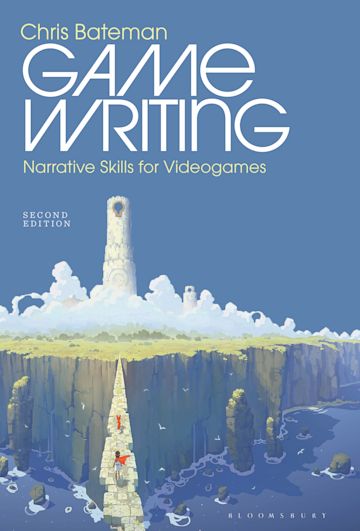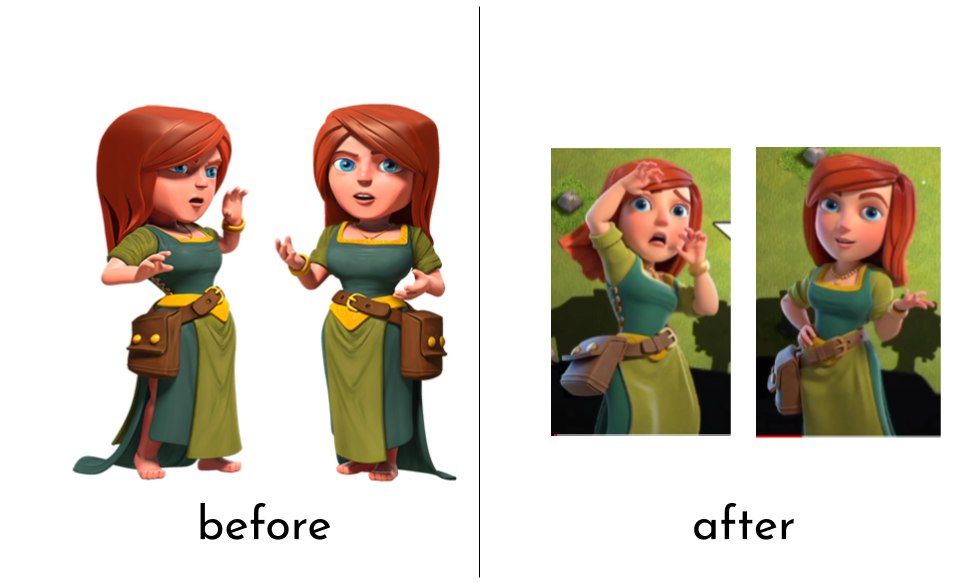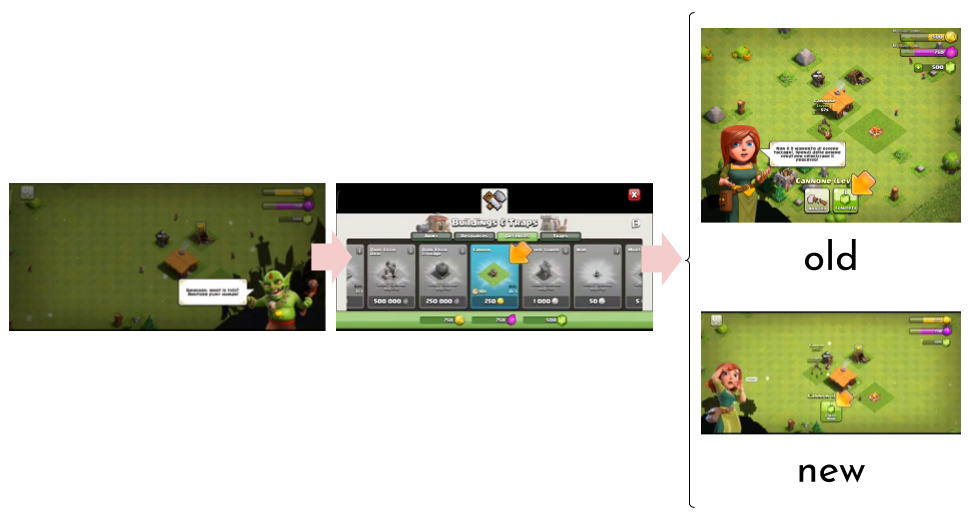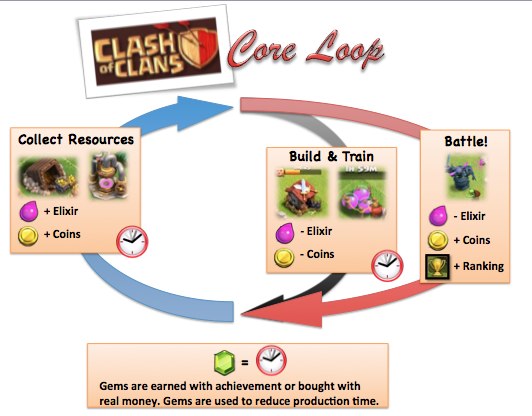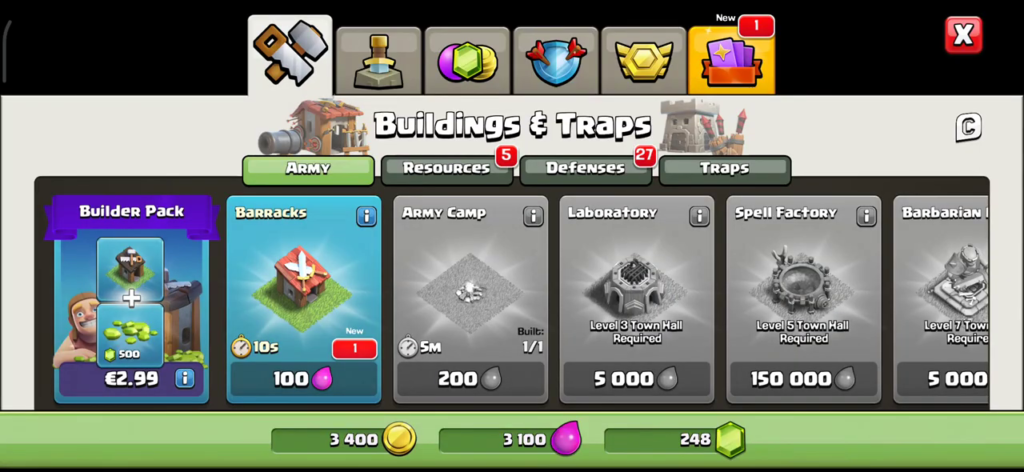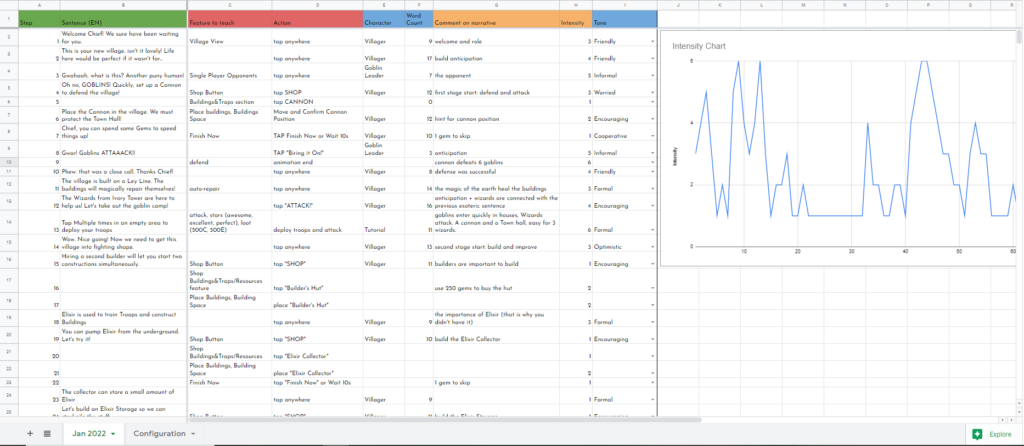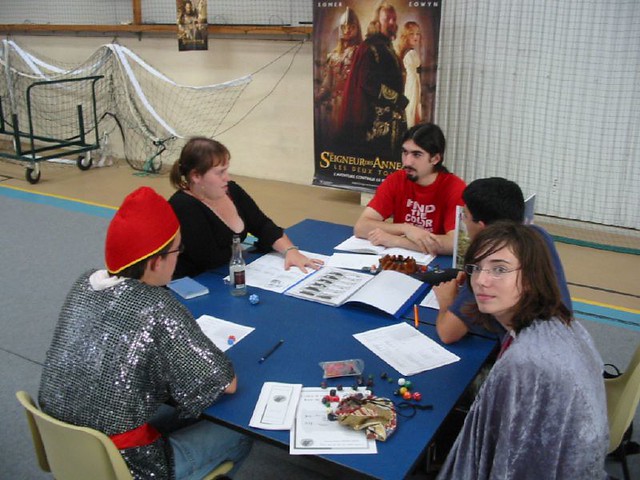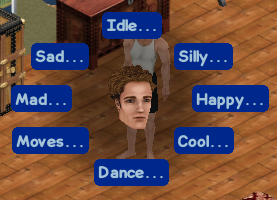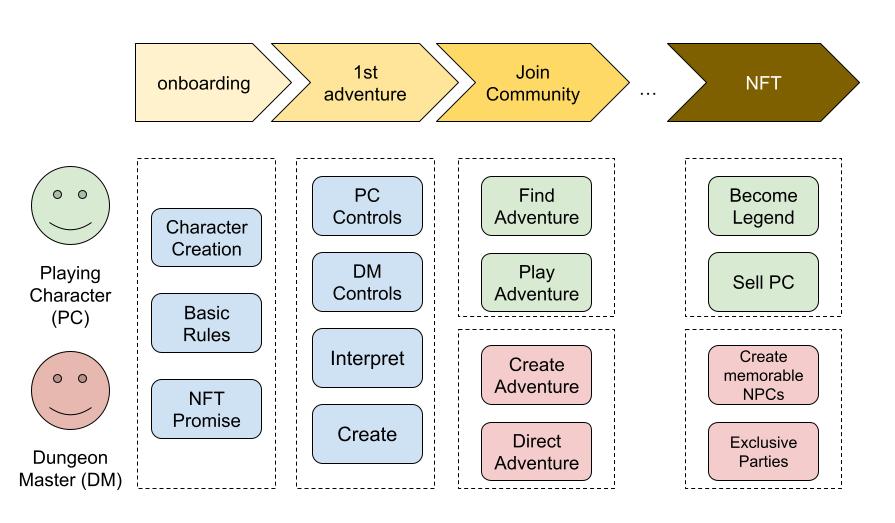First I dissected the tutorial of Clash of Clans to get its anatomy.
Then I took some notes based on my personal experience.
The Villager is the first character that the Player of Clash of Clans meets opening the game for the first time. I see margins of improvements for this specific character. She helps the Players understand the game’s basics, but especially in the second part of the tutorial she is too formal. The Players will learn the core loop of the game with the help of standard messages. My goal is to improve the narrative function of this character making her more memorable.
The Lens of Problem Statement
The main reference is taken from one of my favorite TV shows: Norsemen. Particularly, my intention is to use as a guide the character of Liv interpreted by Kristine Riis.
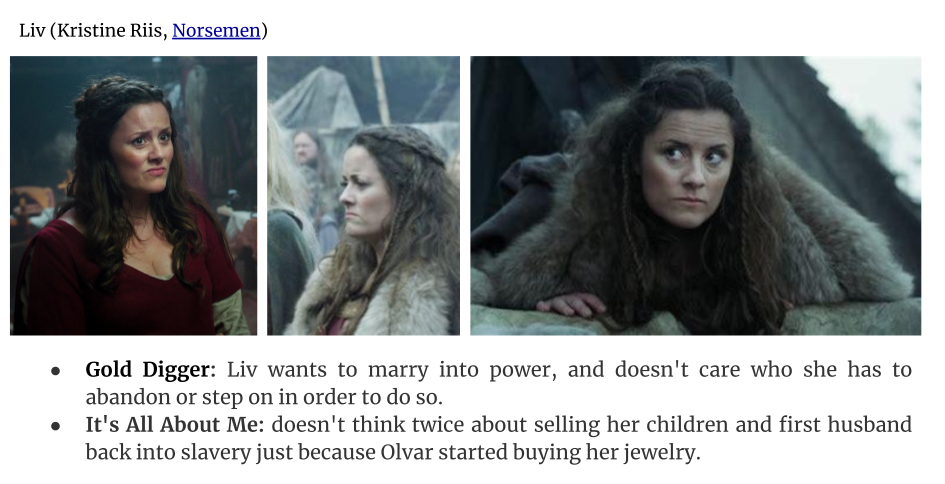
“Can Liv from the Norsemen become a character capable of engaging the newbies of Clash of Clans better than the Villager?”
Problem Statement
Resuming:
- Target: Newbie Players of Clash of Clans
- Challenge: transform Liv in the new Villager
- Playtest: observe people that never played Clash of Clans react to the new tutorial and check heuristics
Ideation
I created a brainstorm framework using chapter 6 of the book Game Writing – Narrative Skills for Videogames. Mr. Andrew S. Walsh writes an essay on game characters. The chapter invites game writers to reflect on the Gameplay Purpose VS Narrative Purpose of the character we create.

The new Villager should onboard the Players, teach them the game’s basics and also reward them when they do good.
Narratively speaking, if I imagine Liv from the Norsemen having to do that:
- I imagine pretty exaggerated reactions toward the success (she is capable of doing anything for her status).
- I imagine her getting a little bit in the way of the Players, in order to achieve what she wants.
- She may also reveal secrets, things she believes she only knows.
Thinking in adjectives, Liv is generally grumpy (except when she wants something). Grumpy can be funny for the Players, let’s keep this adjective for her personality.
Regarding traits, my brainstorm was focused in finding the right governing, conflicting and secondary traits. After reflecting, double checking the pre-existing tutorial dialogues, I believe that the fact that Liv is a gold digger can be a good reference as a conflicting trait. So I decided that the governing one should be something more like Prudent: showing care and thought for the future. I think that it is a positive trait, since this character will also show the future of the game to the Players, in the revised tutorial. In order to further mitigate the “gold digger” trait, using the same book as reference I opted for “honorable” as a secondary trait.
Final Touches
I notice that the last drawing of the villager has a collar. So I looked for Viking professions and I found the trader and the jewelry maker pretty interesting for my purpose.
Finally, a good character has a name. I looked for Viking names and their meaning and I found an interesting link. The name Brita means ‘dignified’ or ‘noble’, which fits the personality of the new Villager!
What’s next?
Time to revise the dialogues of the tutorial and see if Brita may work the way I am thinking of her.
